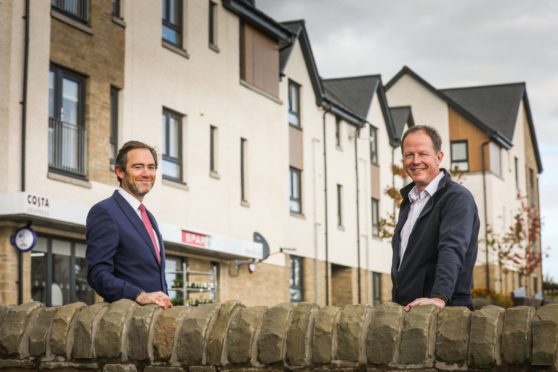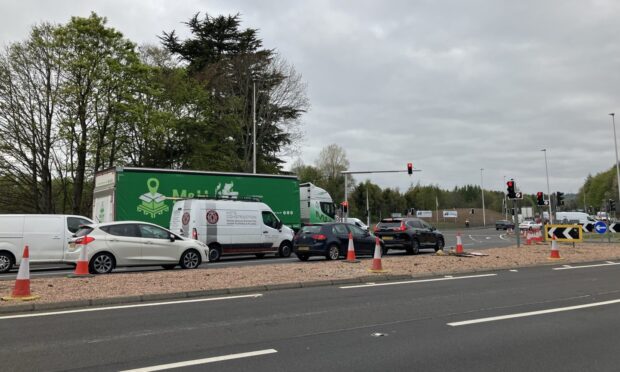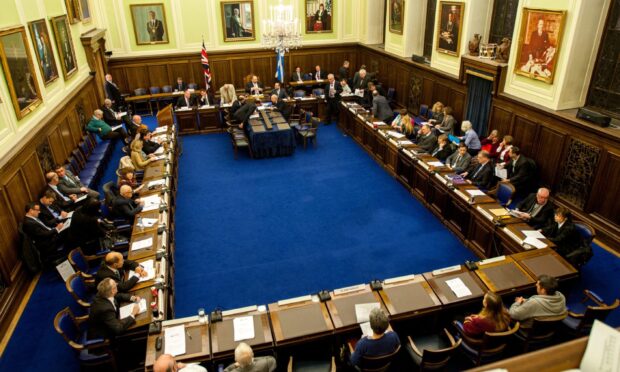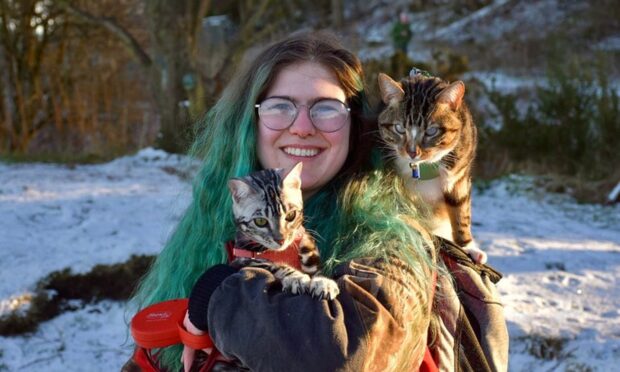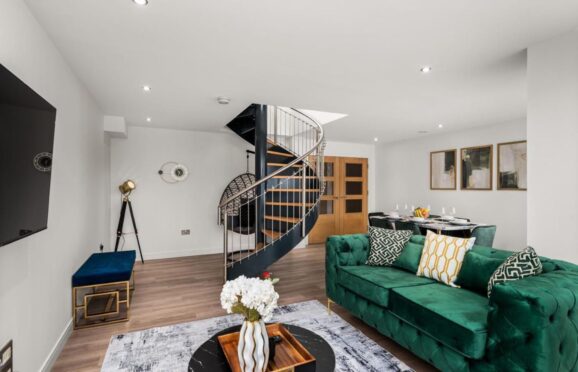House builders and city planners are going “back to the future” to consider how Dundee can adapt to scores of people working from home.
Lockdown has shone a spotlight on “20-minute neighbourhoods” globally as fewer people are commuting into town and city centres.
The initiative means most people can access the basic services they need, such as schools, shops and health centres, within a 20-minute walk from their homes.
In Dundee, district shopping centres in Stobswell, the Hilltown and Lochee already make this possible but it has been said more needs to be done as many businesses are giving staff the option to work from home permanently.
Mark Flynn, Dundee City Council’s city development convener, said examples can be taken from the past, when people did not have easy access to cars.
“When I was growing up a lot of people didn’t have cars so there was a lot more walking, cycling and use of public transport.
“We need to remember what it used to be like when people didn’t have the option to get in the car for everything and make that fit for the future.”
Research into the 20-minute neighbourhoods concept in Australia has shown having shops and services available in communities improved local employment opportunities and boosted small businesses.
It also has health benefits through people walking and cycling more and a reduced reliance on cars improved air quality.
In this year’s programme for government, First Minister Nicola Sturgeon pledged to work with councils to take forward the 20-minute neighbourhood approach.
Mr Flynn said: “The older parts of the city are already built this way, with shops, pubs and community centres because they had to be closer to homes when not many people had cars.
“For newer developments it’s a work in progress but as a council we have in our local plans that amenities must be included in new developments.
“Even at a national level, planning framework is all changing. People were already thinking about this and lockdown has put even more of a focus on it.
“I hope because of coronavirus health and wellbeing will be prioritised a lot more in future and I think it will. It is a positive outcome to what has been a dire situation.”
House builders have also been adapting to take into account how much time people are now spending in and around their homes.
Developer Springfield Properties has included space for shops and offices in its Dykes of Gray development on the western edge of Dundee, as well as a “village green” and play park.
A nursery is under construction and a primary school will be built in a later phase of the development.
These were already built pre-pandemic but Mark Hamilton, Springfield group architectural director, said his team is now considering the increased need for local open spaces, as well as home offices, in future phases of the development.
“I think lockdown has made people value outdoor space a lot more, people with big gardens would have had a very different experience to someone in a city centre block of flats.
“The idea of 20-minute neighbourhoods is a lot easier for big towns or cities because they already have all of the buildings and facilities whereas here we are starting from scratch.
“We had no idea this was going to happen when we put in our first planning application in 2012 but the village atmosphere we wanted has turned out to be more important than ever.
“People don’t want to have to get in the car every time they want to have a walk in some green space and if they’re working from home, they want somewhere close by so they can pick up a coffee or something for lunch.
“It’s something we’ll focus more on in our future applications as more people are working from home and the dynamic is changing.”
Springfield managing director Peter Matthews attributed the recent property boom to lockdown causing people to reconsider what is important to them.
He said: “There has definitely been a move away from city centres in the last few years and we have seen a surge in that since the market opened after lockdown.
“I think lockdown has made people really think about where and how they want to live so people who were thinking about moving suddenly had that push because having a garden or an office space suddenly became more important to them.”
